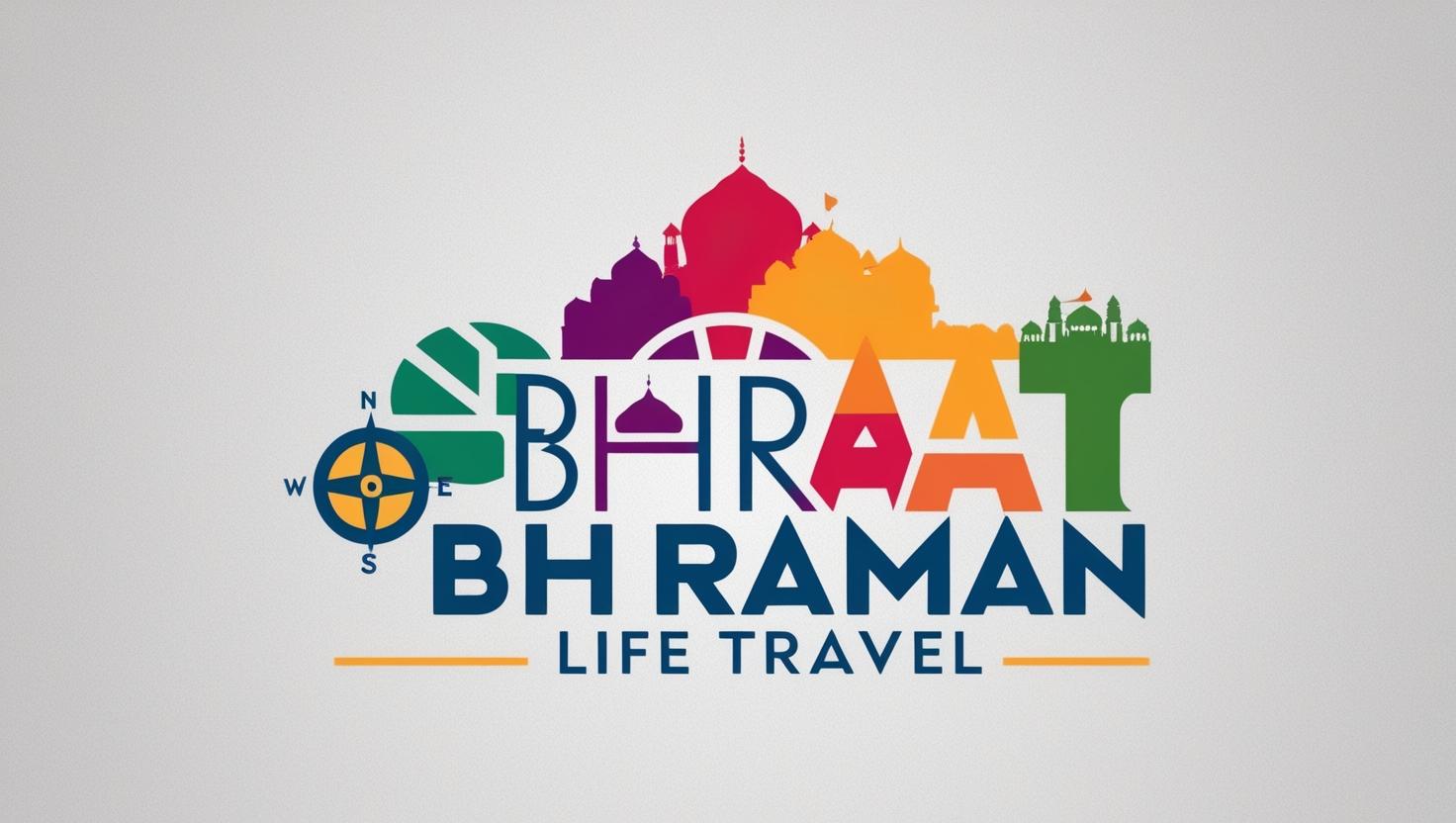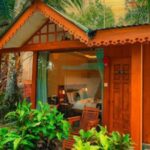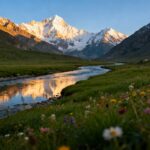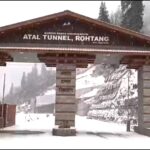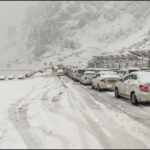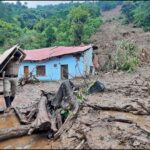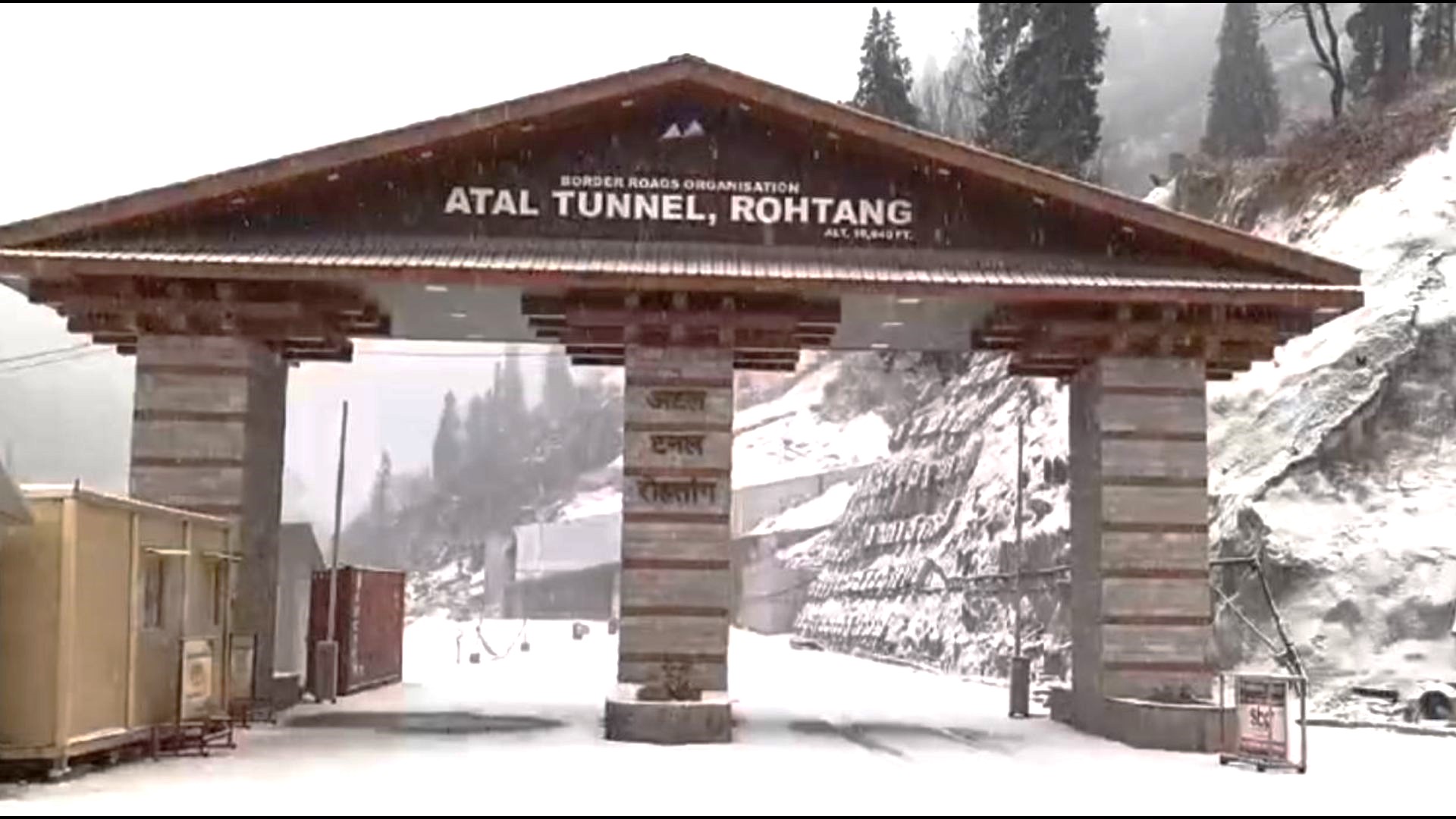Planning a Himachal trip in late autumn (October–November) is compelling: clear skies, fall colors, fewer crowds. But 2025 has introduced several safety complexities. In this post, we walk you through weather & road updates, safety tips, alternate routes & destinations (especially around Dharamsala region), and things to avoid or prepare for as you plan your autumn Himachal journey.
Advantages
- Skies clear and visibility improves after the monsoon recedes.
- Autumn colors in forests (oak, maple, birch) are in vivid display.
- Less tourist traffic (outside of Diwali / festival spikes), making accommodation and road travel easier.
- Possibility of first snow spectacle in higher zones (a draw for many). TripStorz+2Outlook India+2
Risks & Challenges
- Unstable transition weather: western disturbances may bring rain, hail or snowfall. The Times of India+2The Times of India+2
- Roads, especially in higher zones, may close suddenly due to snow or landslides.
- Remaining moisture in slopes post-monsoon makes slopes fragile and landslide-prone.
- Early cold onset in November makes high-altitude travel risky without prep.
Safety Tips for October–November Himalayan Travel
Pre-Trip Planning
- Check local road statuses daily (district websites, BRO, PWD).
- Monitor IMD forecasts (for snow, rain, storms) in Himachal.
- Choose travel windows with buffer days for delays or diversions.
- Prefer acclimatization days if you plan to go high (Spiti, Lahaul, Kinnaur).
- Book flexible tickets or refundable lodging in case route changes.
En Route & On The Ground
- Start early to avoid being caught in darkness or late snowstorms.
- Travel in convoys or with local driver/guides who know alternate routes.
- Carry adequate warm & waterproof clothing, emergency food, water, first aid, flashlight, power bank.
- For high-altitude segments (beyond Atal Tunnel), drive 4×4 vehicles equipped for snow/ice.
- Avoid traveling during night hours or heavy rainfall windows.
- Stay connected: carry local SIM (network helps) and share your route with someone.
H2: Avoid These Mistakes
- Don’t plan to drive through newly snowed passes without checking if roads are cleared.
- Avoid narrow, exposed mountain roads during or right after rain.
- Don’t rely on camping in remote sectors if weather is uncertain.
- Don’t ignore local advisories—for example, if a route is officially closed, trying to sneak through is dangerous.
- Avoid solo trekking in high zones without local support.
Best Alternative / Safer Destinations (Especially around Dharamsala / Kangra)
If your plan includes Himachal but you want safer, lower-risk zones that still offer mountains, scenery, culture, and calm — consider:
Dharamsala / McLeod Ganj Region
- Very accessible (good roads from Chandigarh, Shimla, or via Kangra).
- Treks like Triund, Bhagsunag, Kareri Lake remain viable with lower elevation.
- Cultural immersion: Tibetan monasteries, Dalai Lama temple, local markets.
- Lower risk of heavy snow or road closure compared to deeper Himalayan zones.
Kangra Valley & Palampur
- Tea gardens, pine forests, scenic hills with decent weather.
- Temples like Jwalamukhi, Chamunda, Chamari — easier access and fewer altitude hazards.
Around Bilaspur / Mandi / Kullu (mid-hills)
- These zones are riskier for landslides post-monsoon; proceed only if local conditions are stable and road status is green.
- Avoid high passes; stick to valley roads.
Himachal Alternatives (if high altitude is too risky)
- Dharamshala → Dalhousie → Khajjiar circuit
- Dharamsala → Kangra → Bir / Billing (paragliding, gentle treks)
- Shimla – Kufri – Mashobra (lower hills)
- Chamba – Rajgundha (if roads open) but only after checking.
Weather & Road Update Snapshot (Oct–Nov 2025)
- October’s start has already shown snow in higher zones and heavy rains in mid hills. The Times of India+4The Times of India+4The Times of India+4
- IMD’s orange alert indicated heavy precipitation in multiple districts on Oct 6, along with isolated snowfall in Lahaul/Spiti. The Times of India
- The state is still clearing multiple road blockages (≈ 744 roads remain closed) from monsoon damage. The Times of India
- Weather is currently improving with clearer skies, but cold is setting in across higher reaches. Outlook India
- Many local reports warn of flash floods, landslides, and hazards in Kullu, Chamba, Mandi regions due to residual monsoon saturation. The Times of India+2Travel and Tour World+2
- As of recently, the Manali–Keylong route is open for light vehicles via Atal Tunnel again. The Tribune
Recommended Itineraries (With Safety Margins)
Itinerary A: Dharamsala – Triund – Bhagsunag (5–6 days)
- Day 1: Arrive Dharamsala / McLeod Ganj
- Day 2: Local sightseeing (monasteries, local markets)
- Day 3: Trek to Triund (overnight)
- Day 4: Return & rest
- Day 5: Side trek (Kheerganga or Kareri Lake if weather allows)
- Day 6: Depart
This keeps you in safer mid-altitude zones, avoids high mountain passes, and adjusts more readily to weather changes.
Itinerary B: Manali – Atal Tunnel – Lahaul (if roads stable)
- Day 1: Reach Manali
- Day 2: Traverse Atal Tunnel to Sissu / Keylong
- Day 3: Local sightseeing in Lahaul (if roads permit)
- Day 4: Return or diverge to other zones
- Day 5: Transit to another nearby zone (e.g. Kullu valley)
- Day 6: Return
Use this only if road status is green and weather forecast favorable.
Conclusion & Final Safety Notes
Traveling to Himachal in October–November 2025 offers unique beauty — but one must pair enthusiasm with caution. The Atal Tunnel provides a strategic lifeline, but beyond it, weather, road damage, and snowfall remain unpredictable. It is wise to:
- Always check live road status (upwards of the district / BRO sites) before departure.
- Prioritize lower elevation destinations or fallback zones like Dharamsala if conditions deteriorate.
- Carry warm, waterproof, safety gear, and travel with local support.
- Be ready to adjust or abort plans depending on sudden changes.
